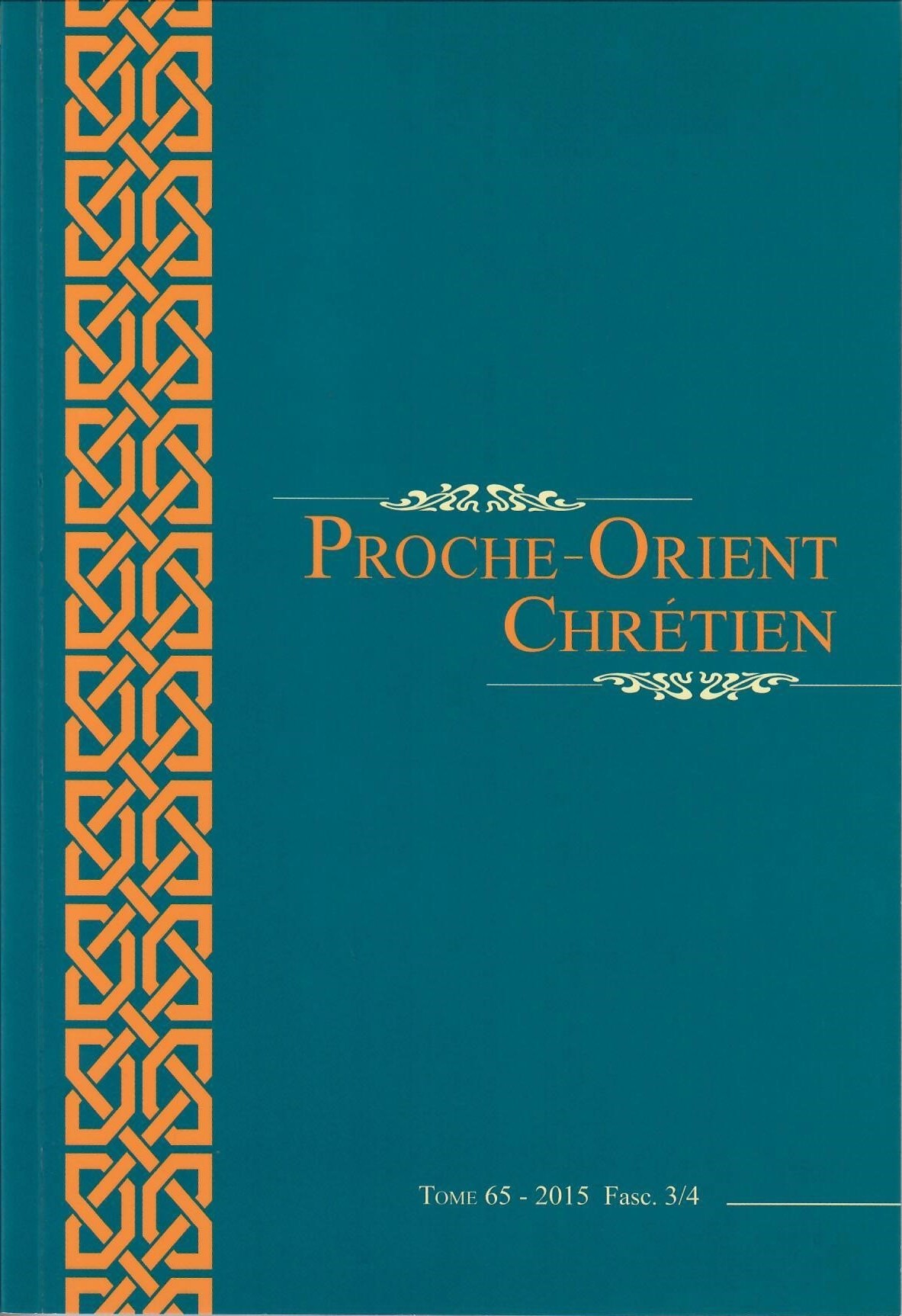Abstract
Maximus the Confessor's Mystagogy has been looked upon and read through different lenses for particular reasons. For instance, liturgiologists found in it a symbolic application of the mysteries unveiled in the Divine Liturgy. Meanwhile, Patristic scholars tend to interpret this text in the light of other Maximus' works. This treatise has been thus identified with Christology or the christocentric vision of the Church, or the cosmological dimension of the Church (cosmic and christocentric ecclesiology).
This article proposes to read Maximus the Confessor's Mystagogy while considering it as the starting point. The goal is to try to find out what Maximus is trying to say in this very treatise, in its own terms and context. This textual approach consists of studying the structure, how the different parts hold together, and the language used, all in attempt to seize the Mystagogy's main message.

